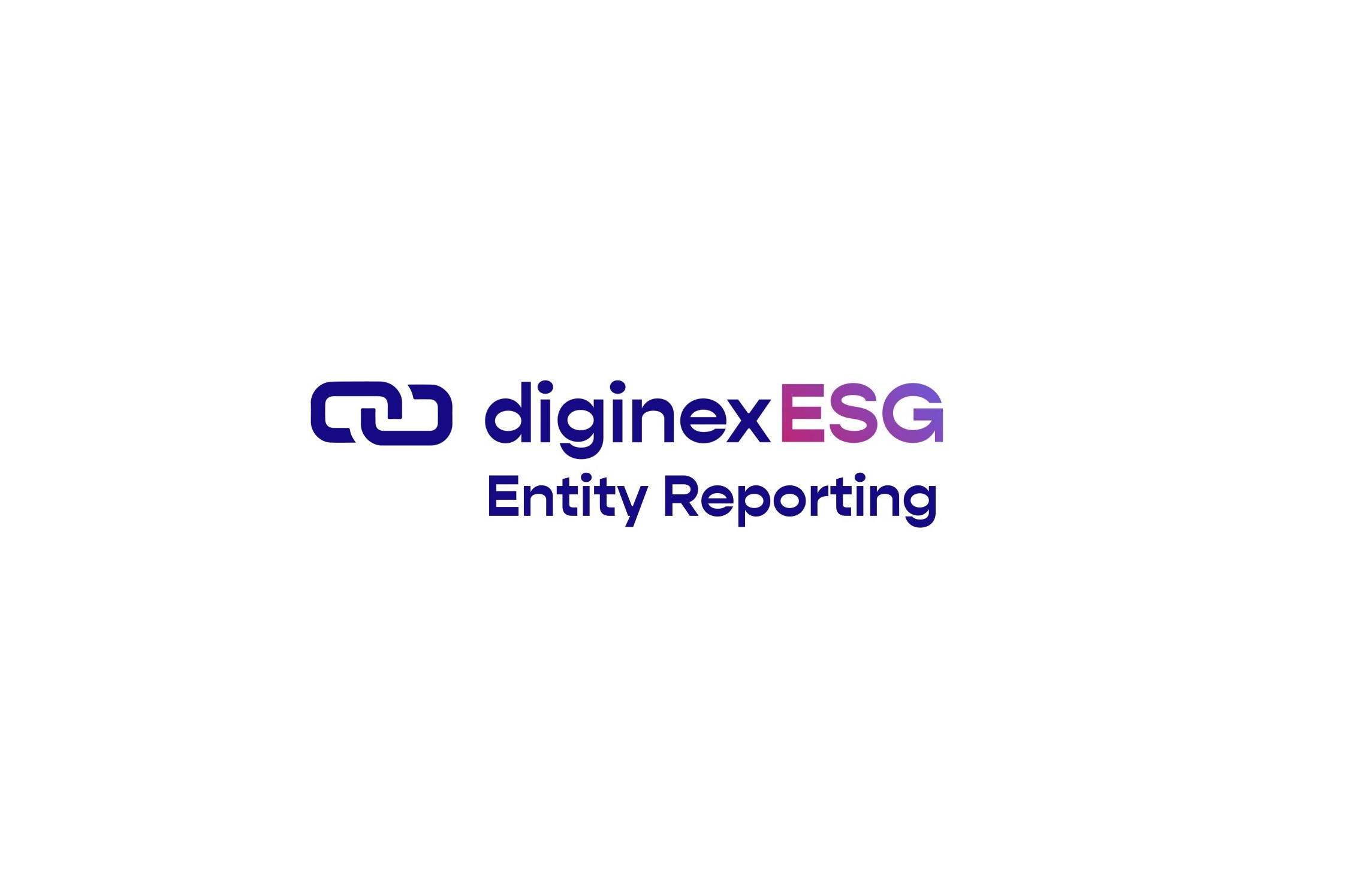The U.S. Department of Labor Assigns Consortium Including Diginex to Combat Child and Forced Labour

The U.S. Department of Labor awarded a $4 million cooperative agreement to enhance tracing of goods made with child, forced labor and other exploitive practices as part of a four-year project. Through this award, ELEVATE is establishing a consortium with Diginex, the Global Fund to End Modern Slavery (GFEMS), RCS Global Group, and the Responsible Minerals Initiative (RMI).
HONG KONG — Detecting child and forced labor in today’s global, complex supply chains is a daunting challenge. The complexity, fragmentation and fluidity of most company’s supply chains limit visibility to the raw materials used in their products.
Risks of exploitative labor practices, including child and forced labor, increase at the raw material level, such as farming and mining, and are typically excluded from traditional corporate responsible sourcing programs.
This is why we are encouraging companies to adopt integrated reporting and sustainability reporting at different levels. However, what are the latest sustainability reporting trends? Some of the best examples include integrated sustainability reporting software, and environmental sustainability reporting apps.
The U.S. Department of Labor awarded ELEVATE a $4 million cooperative agreement to enhance tracing of goods made with child, forced labor and other exploitive practices as part of a four-year project. Through this award, ELEVATE is establishing a consortium that includes the Global Fund to End Modern Slavery(GFEMS), Diginex, RCS Global Group, and the Responsible Minerals Initiative (RMI).
The consortium partners will shape the development and publication of a supply chain and industry agnostic commodity traceability protocol and tracing platform to equip business and other stakeholders with tools to trace their supply chains.
This enhanced level of supply chain visibility will support the business sector’s human rights due diligence efforts to sourcematerials that are untainted by child and forced labor, as well as other laborexploitative practices.
Well, it is true that there are inherent advantages and disadvantages of sustainability reporting, but the pros are more, making it a worthy undertaking. When working alone, it can be pretty challenging to eliminate malpractices in the supply chain network, but sustainability reporting guidelines help you to combine synergy, promoting sustainable practices in many businesses.
The consortium will pilot the tools in two strategic sectors and geographies: cotton in Pakistan and cobalt in the Democratic Republic of Congo(DRC).
These pilot cases were selected because of their geographic and supply chain differences and to test the transferability of existing conflict minerals traceability best practices to agricultural commodities.
The methodologies and tools developed during the project will be applicable for a wide range of consumer goods industries, including information technology, apparel, and automotive.
The software sustainability tools, such as corporate sustainability reporting apps, can even work in the services sector. To learn how the applications work, consider checking the sustainability reporting definition, software environment management best practices, and the benefits of sustainability reporting
Globally, cobalt and cotton are two of the most in-demand commodities for producing consumer goods, such as batteries and clothing.
Evidence of child and forced labor in the sourcing of these commodities is well-documented, yet there is no existing solution that allows brands in multiple industries to detect the use of forced labor in their commodity supply chains.
This leaves brands vulnerable to the risk of unidentified child and forced labor in their upstream supply chains.
To help promote sustainability, the environmental software or sustainability software will come in handy. However, ultimate goal is making sustainability reporting the norm and to help corporates adopt the best practices in production.
“Businesses are facing increased pressure to trace their supply chains to the raw material level. However, efforts to date aren’t scalable, limiting corporate efforts to address increased forced and child labor risks existing at the root of their supply chains.
This has become a major challenge, with some of the previous efforts failing for lack of integration. This is why sustainability accounting and reporting is so important. The sustainability reporting frameworks make it simple to identify and also ensure your operations do not promote child labor.
Through this award, we intend to create a protocol and platform to make end-to-end supply chain traceability a standard element of anycompany’s responsible sourcing program and human rights due diligence efforts. Companies can’t address what they cannot see, which is why we want to make theunseen visible,” says Ian Spaulding, Chief Executive Officer of ELEVATE.
The sustainability performance management software is only one prong of a comprehensive approach to enhancing sustainable management. Besides, the sustainability reporting standards include other aspects, such as clean production and reducing carbon footprint.
The protocol and platform will equip brands and retailers with actionable tools to expand their supply chain visibility to identify and address labor exploitation associated with the materials essential to making the products they sell.
Do not let suppliers following unacceptable production practices compromise your focus on sustainability- it is time to go for the best sustainability reporting practices, such as using the latest environmental management software for sustainability.
All inquiries regarding this announcement may be addressed to media@gfems.org.
Funding is provided by the United States Department of Labor under cooperative agreement number IL-35808-20-75-K.One hundred percent of the total costs of the project or program is financed with USG federal funds, for a total of $4 million dollars.





